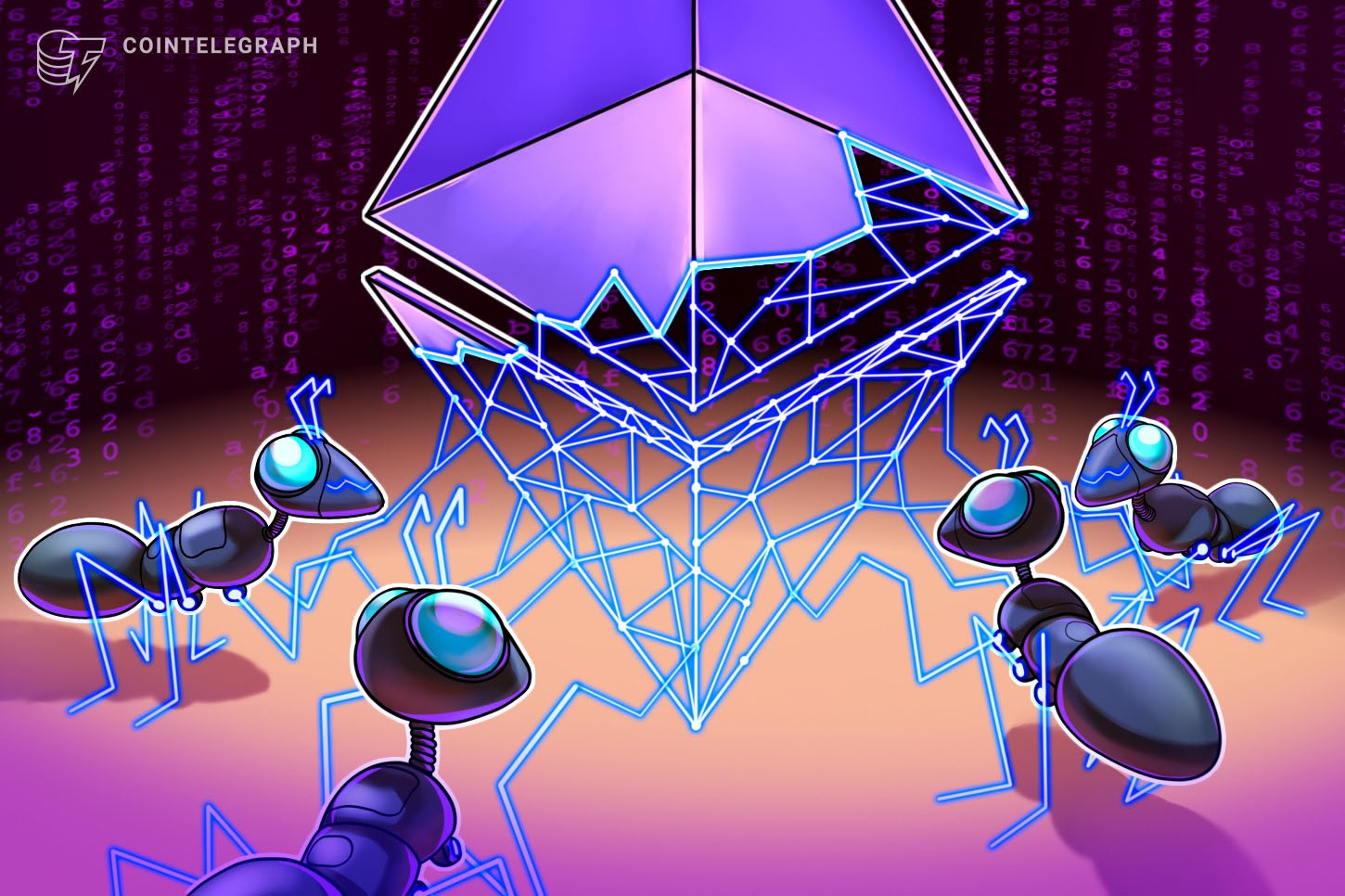On the latest episode of Blockchain and Booze, Draper Gorem Holm’s Adam Levy sits down with three leaders in the blockchain industry to talk about layer-two solutions on the Ethereum network. Levy is joined by Stani Kulechov of Aave, Jack O’Holleran of Skale and Antonio Juliano of dYdX. What began as a discussion on high fees quickly transitioned into a greater commentary on the potential power of decentralized finance.
The Ethereum conundrum
For those not familiar with the Ethereum situation, it’s becoming prohibitively expensive to send transitions on-chain. At the time of publication, the average cost of sending an Ethereum transaction is just under $20. Complex smart contracts like those found in decentralized finance protocols can easily run over $100 as the network becomes increasingly congested. Layer-two solutions are protocol that can lighten the load and offer much faster, less expensive transactions.
As Aave’s Kulechov explains, the disruptive potential of layer-two solutions is massive. Not only are they incredibly promising, but they are still a nascent technology that has yet to be fully implemented:
“Lots of these [layer-two] developments on Ethereum aren’t even being deployed yet. We’re still very early on scaling up, but the huge number of people executing on layer one is an issue.”
All three guests are proponents of layer-two solutions due to the benefits they can bring to decentralized systems. But how do these protocols actually operate? O’Holleran has an elegant example: He compares the Ethereum settlement layer to a poker game and layer-two solutions as a record of wins and losses.
Layer two, explained
Imagine a group of friends arriving to play poker. After a full night of gaming, the players don’t walk away with their winnings; instead, they record them on a ledger at the table. Participants can play a number of games, record their wins and losses, and only “cash out” — or use the settlement layer — when they don’t want to play anymore. Similarly, layer-two solutions like Polygon allow Ether (ETH) and ERC-20 users to use the layer-two network until they want to “cash out” their tokens onto Ethereum.
Broadening the scope, layer-two networks also open up the DeFi space for those who are unable or unwilling to spend high fees on a single transaction. According to O’Holleran, there is a focus on financial inclusion within the development community, which is driving the adoption of low-cost solutions. The more people can participate in DeFi, the stronger the DeFi network becomes.
Beyond DeFi
Near the end of the conversation, Levy asks the group what the “end goal” of DeFi is, or what comes next after DeFi has been “solved.” After a pause, O’Holleran speaks about the potential that DeFi’s systems have to offer the world at large:
“The power of these systems goes beyond DeFi. Marketplaces, social media, gaming: These can all be disrupted through decentralization. Ultimately, we want to democratize finance.”
Juliano echos this sentiment, adding:
“The goal is really big. The financial system is the most permissioned, trusting system in the world. We can build something parallel in DeFi — small at first, but eventually, it could be more profitable to use DeFi because of better interest rates.”
To insiders, the DeFi space may appear mature and massive, having recently surpassed $100 billion in total value locked. But to the financial world, this is a very small, almost quaint valuation. While traditional finance is currently “interested” in DeFi, according to Juliano, there is still much work to be done behind the scenes. O’Holleran echoes this sentiment, predicting the future intersection of centralized and decentralized finance:
“The smart CeFi business will begin to figure out how to inject themselves into DeFi, and the DeFi space will improve as a result.”
Layer-two solutions might not be as flashy as the newest nonfungible token or Bitcoin breaking a new all-time high, but if our panel of experts is to be believed, they might be just as important.


